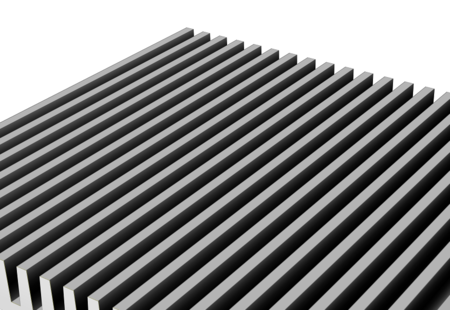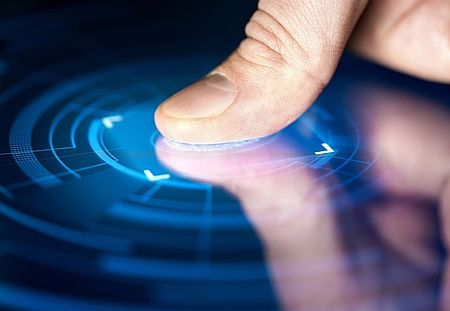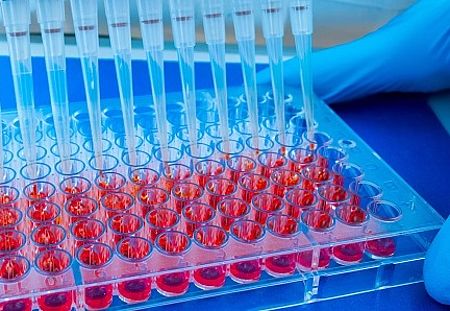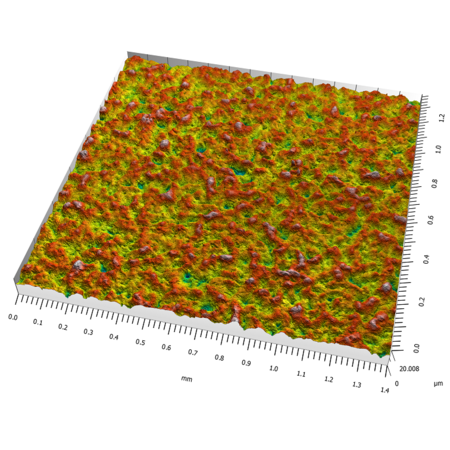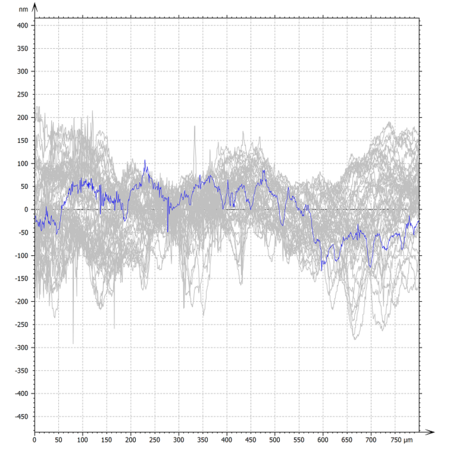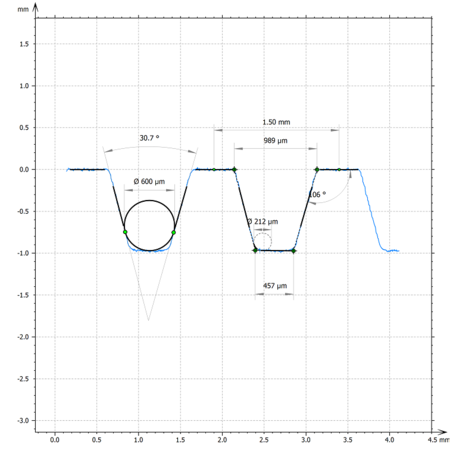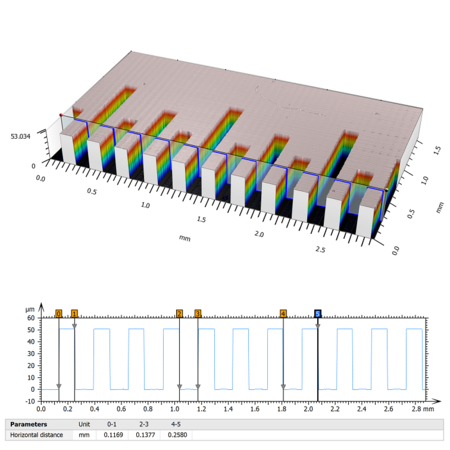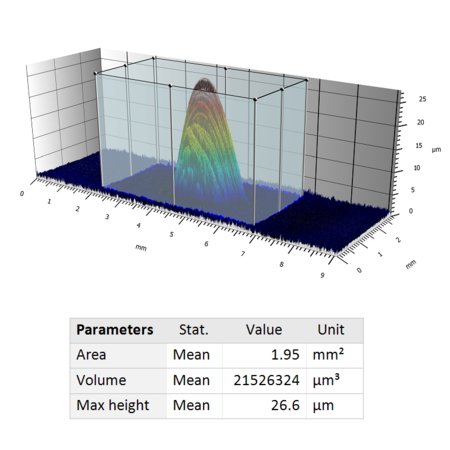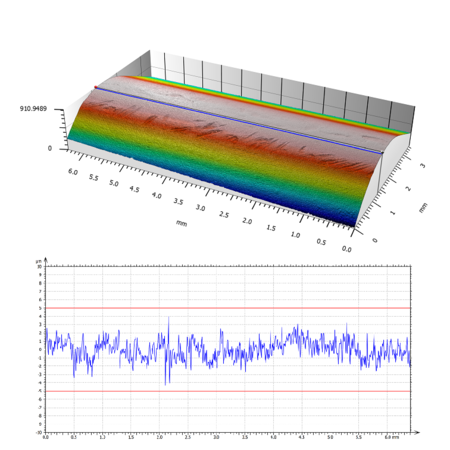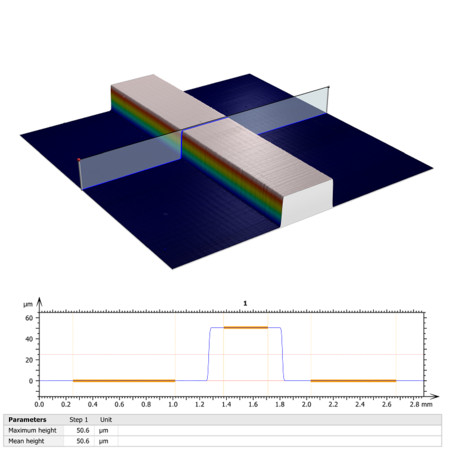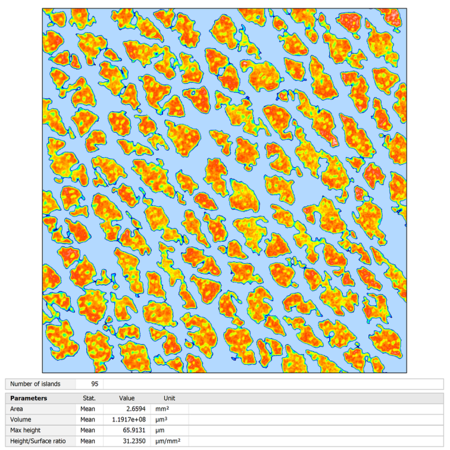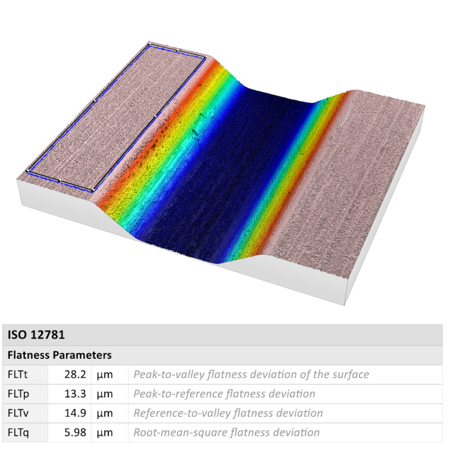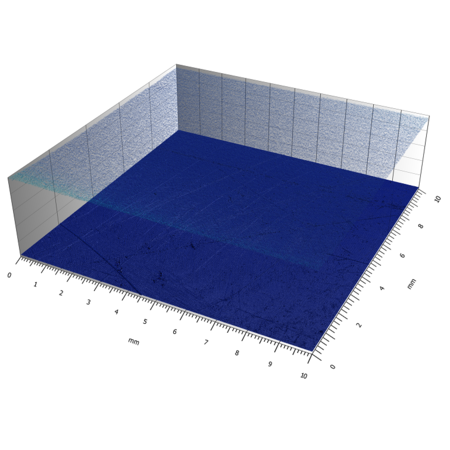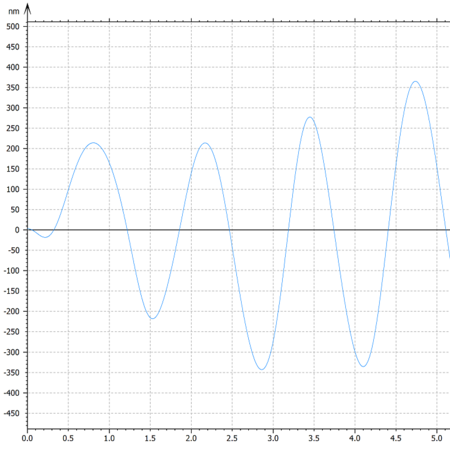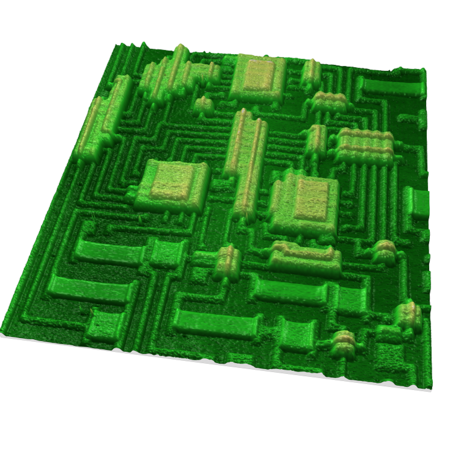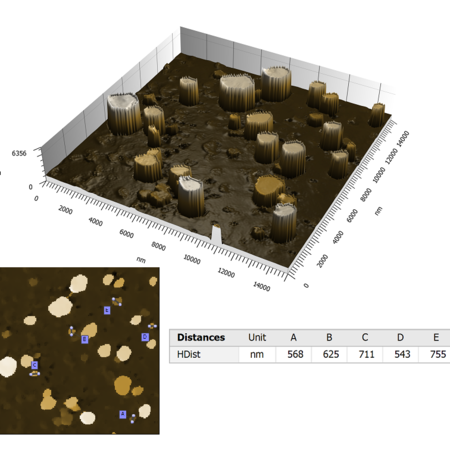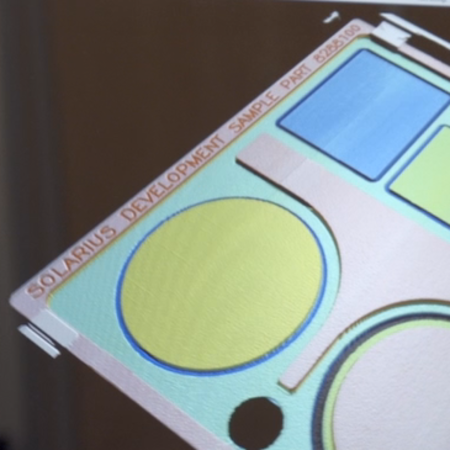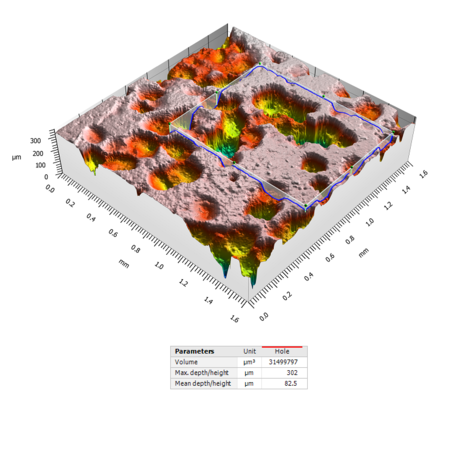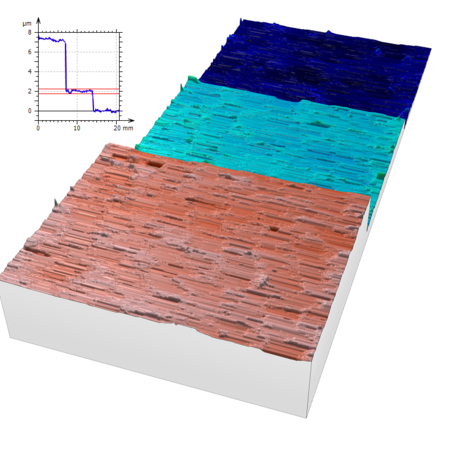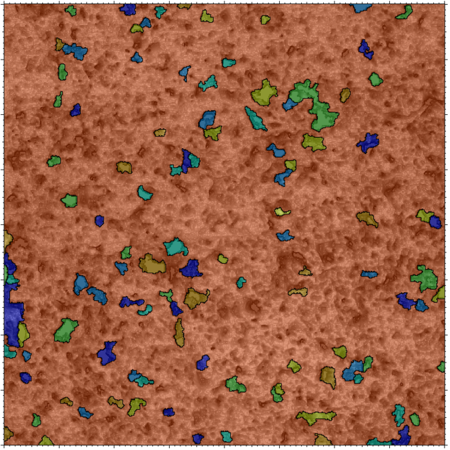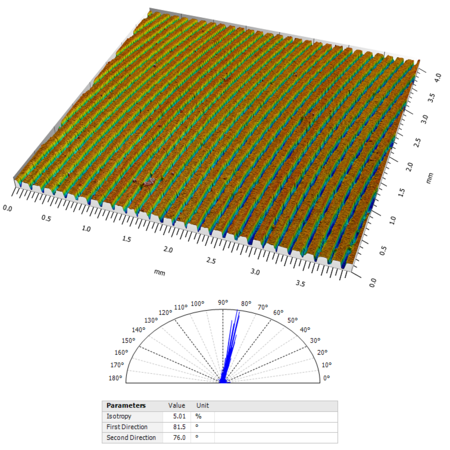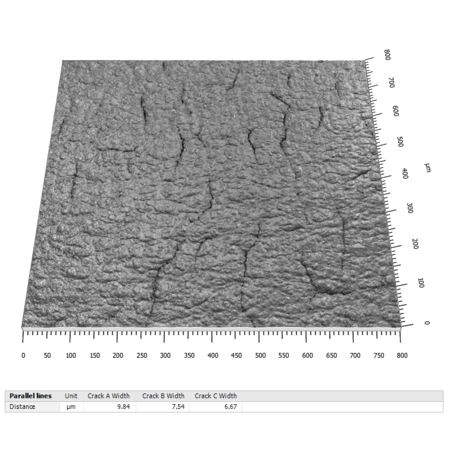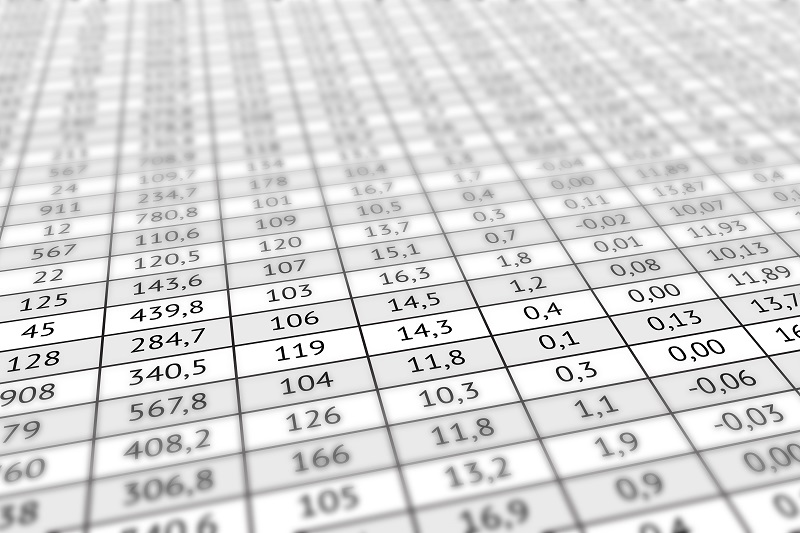
The parameters for the measurement of technical surfaces in the micro- and nanometer domain range from a simple acquistion of length in Cartesian coordinates to internationally standardized complex surface parameters for roughness, form and geometry. While for laboratory and development oriented work visualization of surfaces and 3D geometries is most important, judgement on good / bad criteria must be fully automated, based on parametric measurement results, in high volume manufacturing and critical quality assurance. In this connection, fast and reliable 3D image processing plays a decisive role in convertion of surface image data into reliable dimensional parameters. Solarius disposes of a long term experienced software team creating ideal solutions for image processing and complex machine control, being your ideal partner for challenging metrology tasks.


